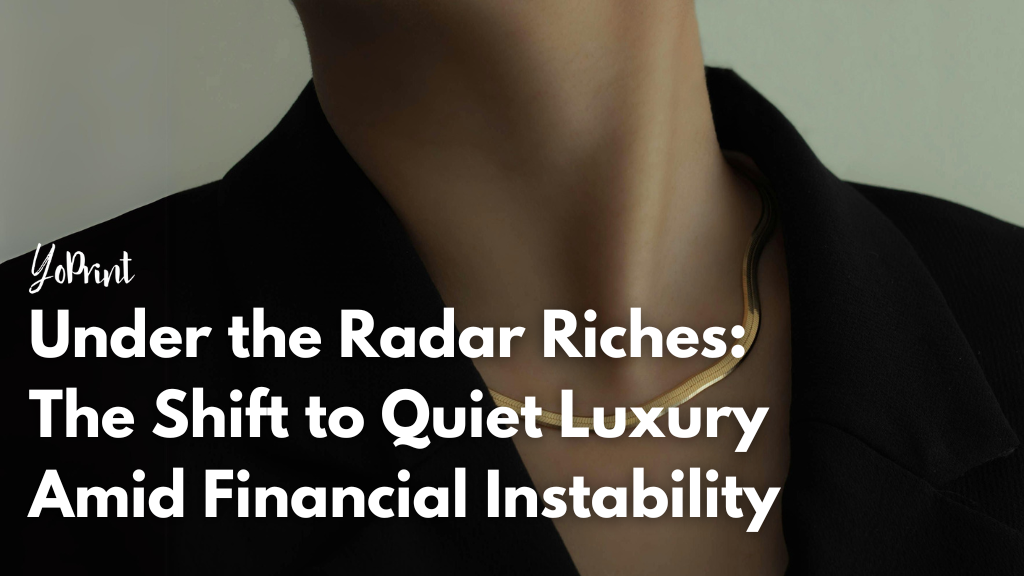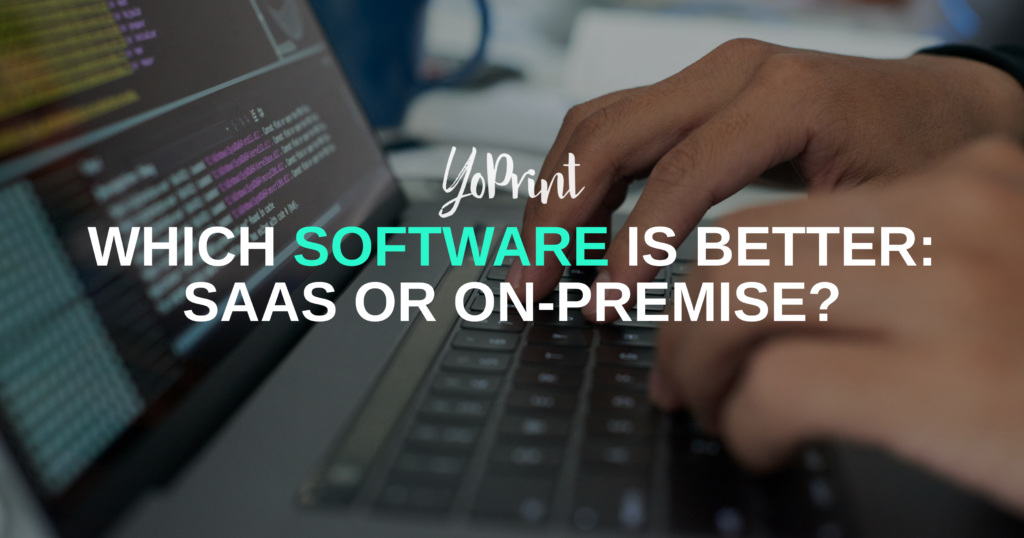In a world where economic tremors are felt across continents, a subtle shift in fashion and lifestyle choices is making waves. The concept of quiet luxury, or stealth wealth as some might say, is gaining momentum, mirroring the broader societal shifts towards understated elegance amidst ongoing economic uncertainty. This trend, while reflective of current financial climates, also offers a glimpse into the evolving perceptions of wealth and luxury.
KEYPOINTS
- Understated fashion trends, going back to basic on the surge
- Reflects economic uncertainty
- The rich wants to spend their money, but not be too obvious about it at the risk of being insensitive with all that’s going on in the world
The Rise of Quiet Luxury
The term quiet luxury that gained traction over the last year, has become the heart of fashion trends, not only on the runway, but also on social media platforms. Unlike other fleeting fads, this has permeated investor portfolios, showing tangible returns. The theory is by not looking obviously wealthy, you can actually appear wealthier. Ironic, but true.
The concept is that, its less about the price tag and more about the quality and craftsmanship. It is about owning pieces that might not be instantly recognizable as luxury, but are valued for their superior work, understated elegance, and timeless appeal. It rejects the showy, logo-centric approach. Instead, it embraces clean lines, elite craftsmanship, and top notch materials. The focus is on creating a wardrobe of high-end everyday staples that exude sophistication. Logo-less t-shirts, cashmere sweaters, and well made baseball caps are some examples of quiet luxury.
“Quiet luxury is about purchasing pieces that to the naked eye don’t seem luxury at all. They could be a dollar or a million dollars.”
Charles Gross, TikTok creator.
The rise of quiet luxury can be attributed to a shift in consumer attitudes. In recent years, consumers have become disillusioned with the flashy styles of the early 2000s. The focus has shifted towards more wearable, timeless styles. This shift has been reflected in the fashion industry, with runways focusing on wearable styles and influencers embracing the quiet luxury aesthetic.
Quiet Luxury and Pop Culture
Shows like HBO’s “Succession” have played a significant part in boosting its popularity, marking the end of loud, flashy displays of wealth in fashion.
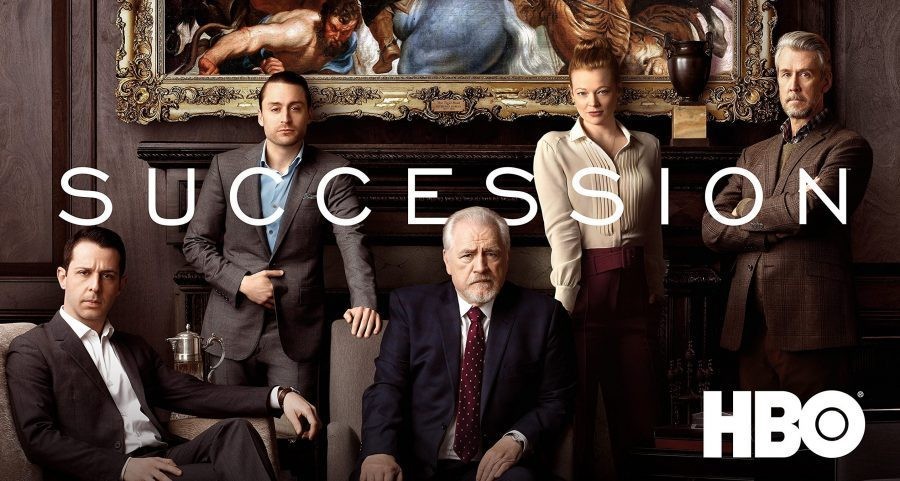
This, accompanied with social media and celebrity influence will definitely pave the way for a deeper and much more impactful lifestyle to the mass market. The focus has now shifted to subtlety and minimalism. When times are tough like this, most people usually cut back on buying expensive items. However, those who still have a lot of money are choosing to buy clothes that don’t obviously show off how wealthy they are.
- They’re picking outfits that are more about looking good in a subtle way rather than wearing flashy, luxury brands that scream “I’m rich.”
- So, even though they’re still spending a lot on their clothes, they’re doing it in a way that isn’t as noticeable.
“The very wealthy don’t want to stand out,”
Cathleen Sheehan, Chairperson of the Fashion Design MFA at FIT in New York.
Think Steve Jobs, Mark Zuckerberg, Simon Cowell? All who wear BASIC uniforms of black, grey and white. But do they get it off Target? No, we definitely don’t think so.

The Rich, The Understated
Ruffled miniskirts, low-rise jeans, sequins and rhinestones were the shiznit in the early 2000s. It was a time of vibrant colors, allure, and unmistakable style. The era was characterized by its sparkled clothing, jewelry, and accessories all sparkled with bling. Fashion was notably exuberant, embodying a grand celebration, until a sudden and stark transformation occurred, the Great Recession.
Beginning in late 2007 and concluding in June 2009, left a great impact to a major part of the consumer market. Even until this day, the economic downturn led to widespread job losses, prompting a significant reduction in consumer spending. This had a devastating impact on retailers, exemplified in November 2008 when Saks dramatically reduced prices by 70 percent to liquidate stock, setting a precedent that Barneys and Neiman Marcus quickly followed, severely affecting their profitability. Retail buyers grew cautious, reducing stock levels and focusing on proven sellers.
Even during the recession, affluent customers continued to purchase luxury items, though it was observed that a shift towards more understated items over those with prominent logos. There were even reports that Hermès, offered customers the option to carry their purchases in discreet brown bags instead of the brand’s signature bright orange ones, catering to a growing preference for subtlety.
The recent years have been marked by a series of global challenges, from pandemics to geopolitical tensions, impacting economies worldwide. As a result, there’s been a noticeable pivot in the luxury sector, with both designers and consumers gravitating towards more understated expressions of opulence. This movement isn’t merely about fashion sensibilities; it’s deeply intertwined with the world’s economic heartbeat.
You could say it’s not just a preference, or a trend. It’s a response. As economic landscapes become increasingly unpredictable, there’s a growing desire to navigate wealth with discretion. This trend is less about the withdrawal of luxury and more about redefining its expression in a manner that’s mindful of the broader societal context.
The notion is straightforward: to enjoy luxury without the loudness, to spend without the splash. This approach is partly due to the scrutiny that the wealthy face in today’s social media-driven world. Displaying overt wealth can be perceived as insensitivity towards the broader societal struggles, making quiet luxury the preferred mode of indulgence.
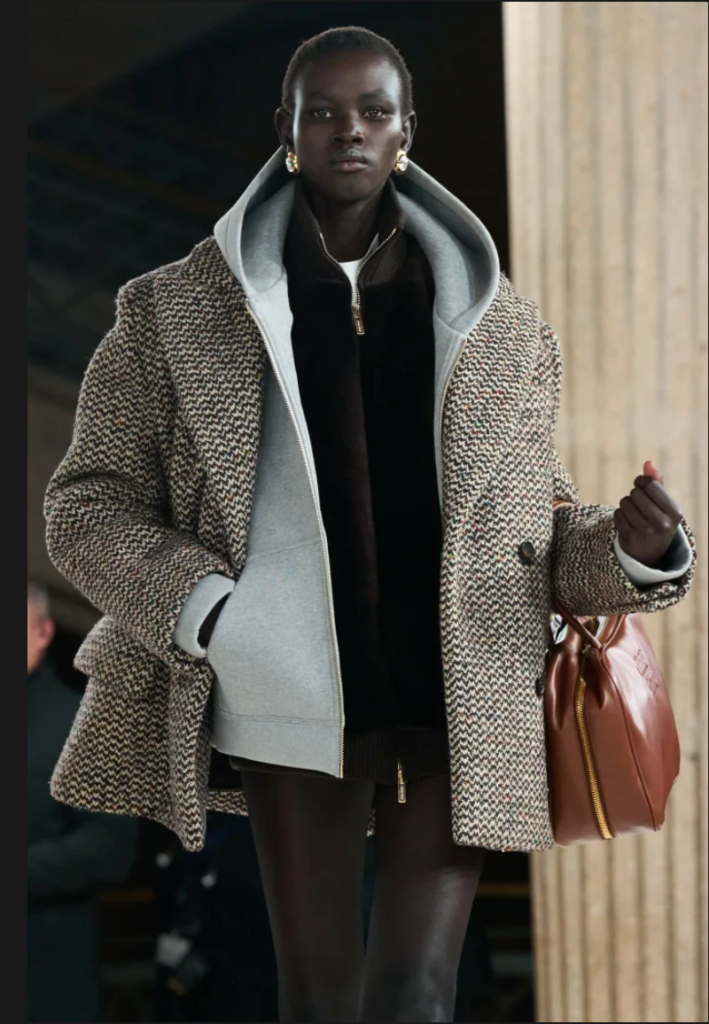
The fashion industry, the mirror of societal shifts, has taken note. Iconic fashion weeks in New York, London, Milan, and Paris have seen leading brands like Proenza Schouler, Dior, and Valentino, among others, championing a style characterized by comfort, subtlety, and practical elegance. These collections emphasize casual yet sophisticated attire—hoodies, cardigans, trainers, and large satchels—crafted for the discerning, yet discreet, luxury consumer.
The simple and minimal style presented by fashion designers seems to reflect the current problems with high living costs and financial instability. Designers are more focused on the shape of the clothes and the feel of the fabrics, which include silk dresses and soft cashmere sweaters. Elegant but not flashy, matching the mood of the times while still looking rich and high-quality. Consumers are more interested to buy items that will last, statement pieces are no longer the trend to go with. People are shifting to buying things that will last.
Don’t get us wrong, people are willing to spend, just on things that are timeless and not overrated. Even younger shoppers are gravitating towards understated pieces, such as The Row’s 90s bag, and brands like Khaite and Totême. True luxury seekers are moving towards less showy, more discreet luxury due to extravagance overload.
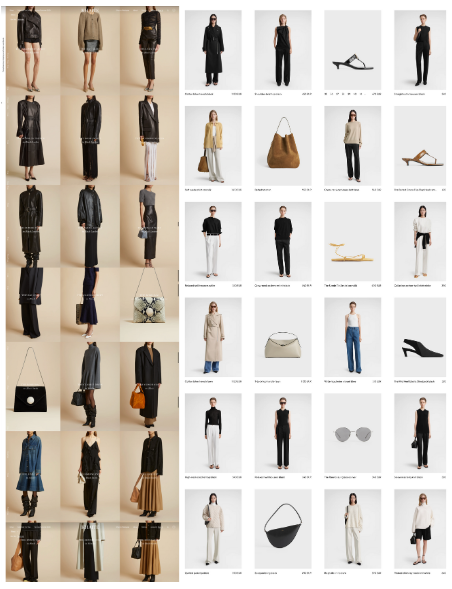
Balenciaga’s Creative Director, Demna Gvasalia, encapsulates this spirit, stating, “Fashion to me can no longer be seen as entertainment, but rather as the art of making clothes.” This sentiment underscores a broader shift towards fashion that prioritizes functionality and refined aesthetics over flamboyance.
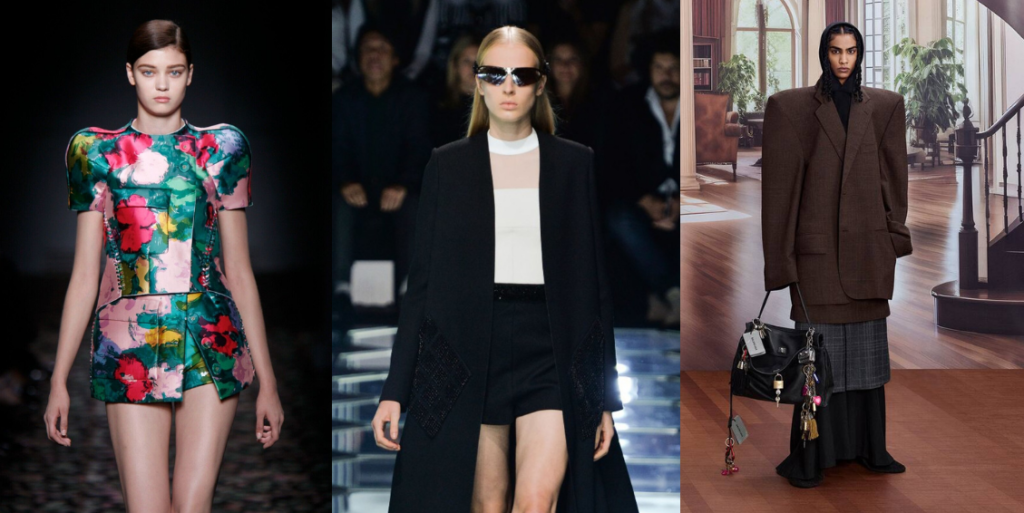
Resilience of Refined Taste
Triggered by the collapse of the housing bubble in the United States, leading to a global financial crisis characterized by significant drops in consumer spending, widespread layoffs, and a sharp contraction in the economy, a relevant example comes from the aftermath of the 2008 financial crisis.
In the years that followed, including around 2015, many luxury brands noted a change in consumer behavior towards more understated luxury. Brands such as Hermès and Céline saw sustained interest or growth in their more timeless and discreet products, such as the Birkin bag or Céline’s minimalist designs, respectively. These items didn’t loudly broadcast their luxury status through logos but were known for their quality and design among those who valued the understatement of low-key luxe.
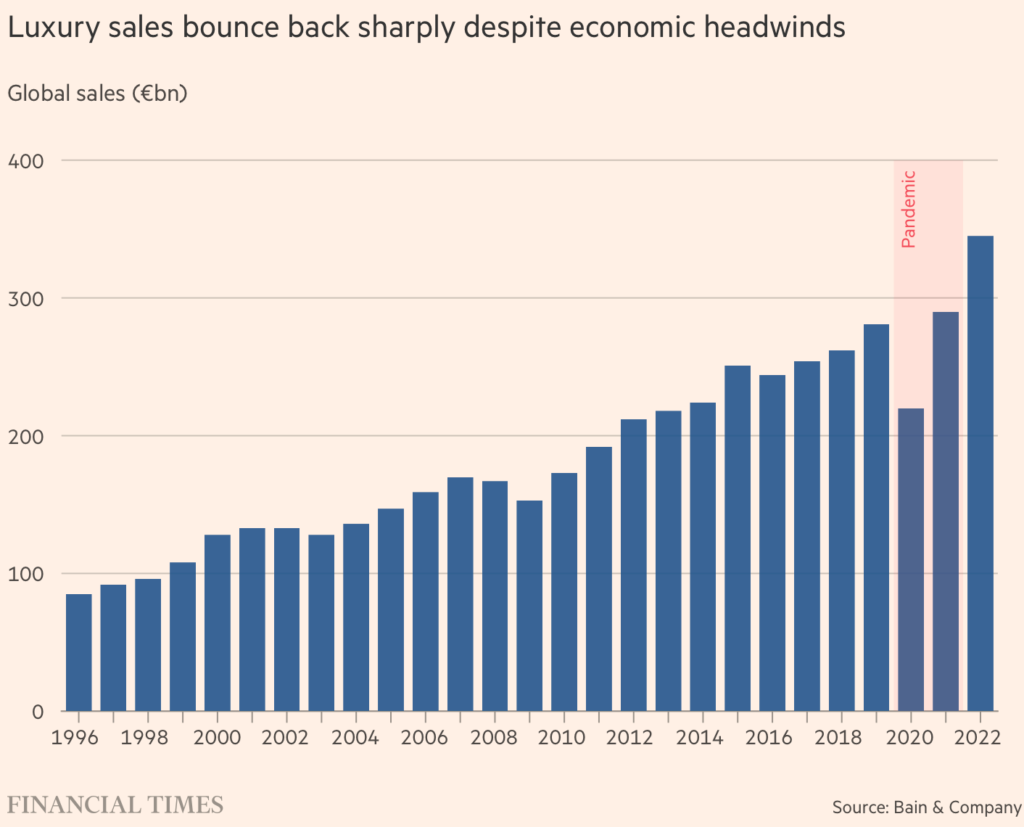
The 2015 period itself wasn’t marked by a global recession akin to the 2008 financial crisis, but the luxury sector continued to feel the long-term shifts in consumer preferences towards quiet luxury that began during and after the financial downturn. The resilience of the silent luxury segment during economic fluctuations highlights the nuanced relationship between consumer behavior and the economy, emphasizing that not all sectors experience downturns in the same way.
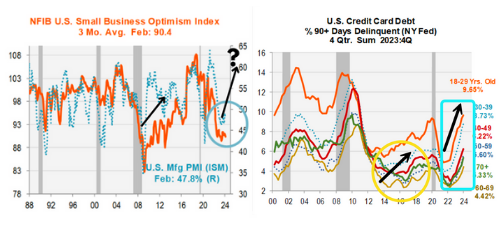
When we look at this pattern of economic recovery, same as in 2015, and currently now in 2024, financial crisis led to a notable shift towards understated luxury, as consumers who retained their wealth sought to avoid overt displays of affluence in a time of widespread economic hardship. There was an increased appreciation for craftsmanship, quality, and timeless design over flashy logos and conspicuous consumption.
Now, the trends towards sustainability, authenticity, and personalized experiences have further propelled quiet luxury. Consumers, even the younger ones are increasingly drawn to brands that offer unique, understated luxury experiences or products that signify insider knowledge rather than overt status symbols. The digital age has also introduced new dimensions to muted luxury, with digital experiences and exclusivity becoming part of the luxury narrative.
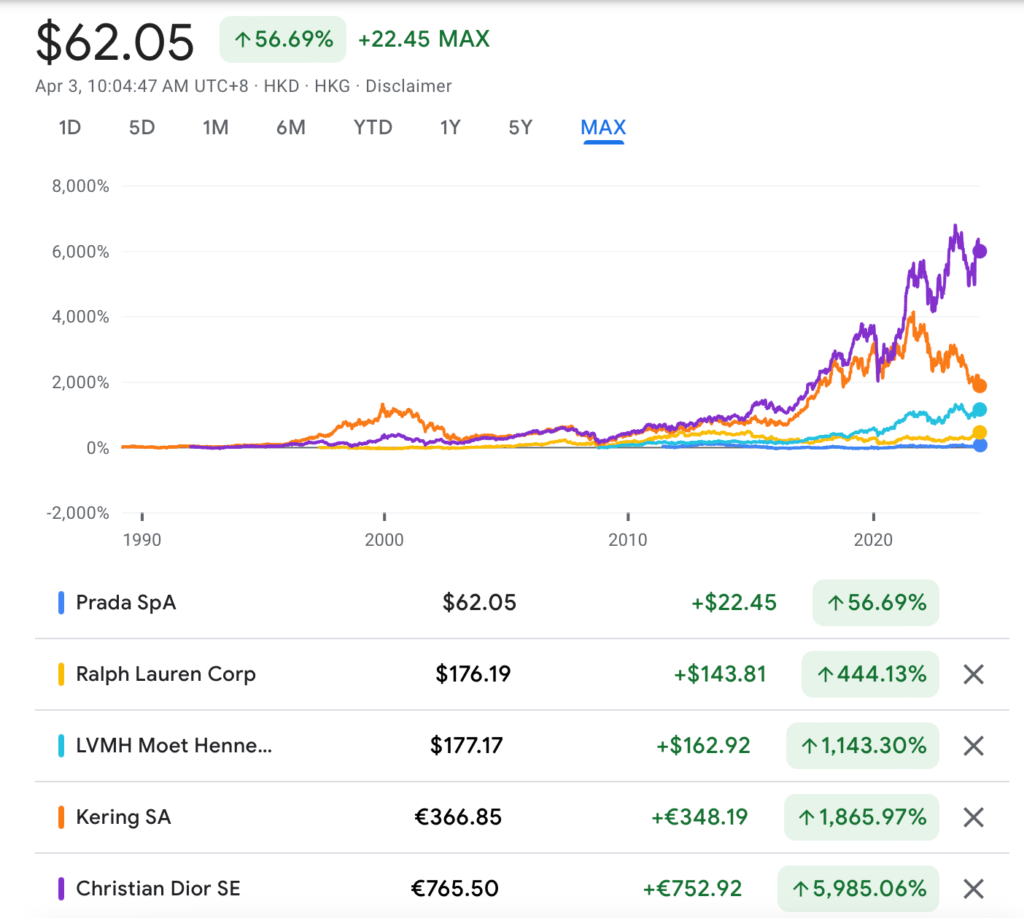
While specific conditions may vary depending on the exact timeframe, recent years have seen economic challenges such as the COVID-19 pandemic’s impact, inflationary pressures, and supply chain disruptions. These have influenced consumer spending and economic stability differently from the sudden financial shock of 2008.
If we look at how these brands have survived these economic turmoils, and how they have adapted to consumers’ preferences along the years since 2008, this trend is not going anywhere as it only generated more growth and revenue and helped to build and maintain a strong brand image.
In comparing these two periods, it’s clear that while the core appeal of quiet luxury — quality, understatement, and timeless value — remains unchanged, the ways in which consumers and brands engage with these principles have evolved. Economic downturns tend to amplify shifts towards more discreet forms of luxury, but ongoing trends like digital transformation and sustainability have added new layers to what this type of luxury means in the current economic context.
Will There Be an Expiry Date for Timeless Fashion?
The rise of online platforms like eBay, Depop, and Vinted has made quiet luxury accessible to a wider audience. These platforms allow consumers to buy pre-loved and vintage items, which aligns with the sustainability ethos of quiet luxury.
Despite its popularity, quiet luxury has its critics. Some argue that the trend is not as ‘quiet’ as it appears to be. They contend that it is a passive-aggressive way of flaunting wealth, by trying too hard to appear as if one is not trying at all.
Sooner or later, it is likely to be surpassed by more ostentatious, logo-centric fashion styles. However, the emphasis on sustainability and conscious consumption that underpins quiet luxury is unlikely to fade away.
This trend is both a reflection of the times and a potential harbinger of future fashion directions. As the world navigates through tumultuous economic waters, the allure of understated luxury is likely to grow, championing an aesthetic that values subtlety, quality, and sustainability above all else.
This is more than just a fashion statement—it’s a lifestyle choice that’s gaining ground amidst economic uncertainty. It represents a conscious decision to embrace luxury that doesn’t shout but rather whispers, ensuring that even in times of financial flux, elegance and sophistication remain undiminished.
This trend is an excellent concept and will be strong and heavily influenced in 2024/2025, but it might change again when economy is back on track because just like anything else, even quiet luxury will be a pendulum. Though it will take much longer to change, a trend is just a trend. In years to come, it will change again, but will it totally disappear? Which brings us back to answering the question of will there be an expiry date for timeless fashion? The answer is no. It’s here to stay for many years to come. Sure, the limited editions of temporary styles will pave their way once in a while, but the basics are here to stay.
